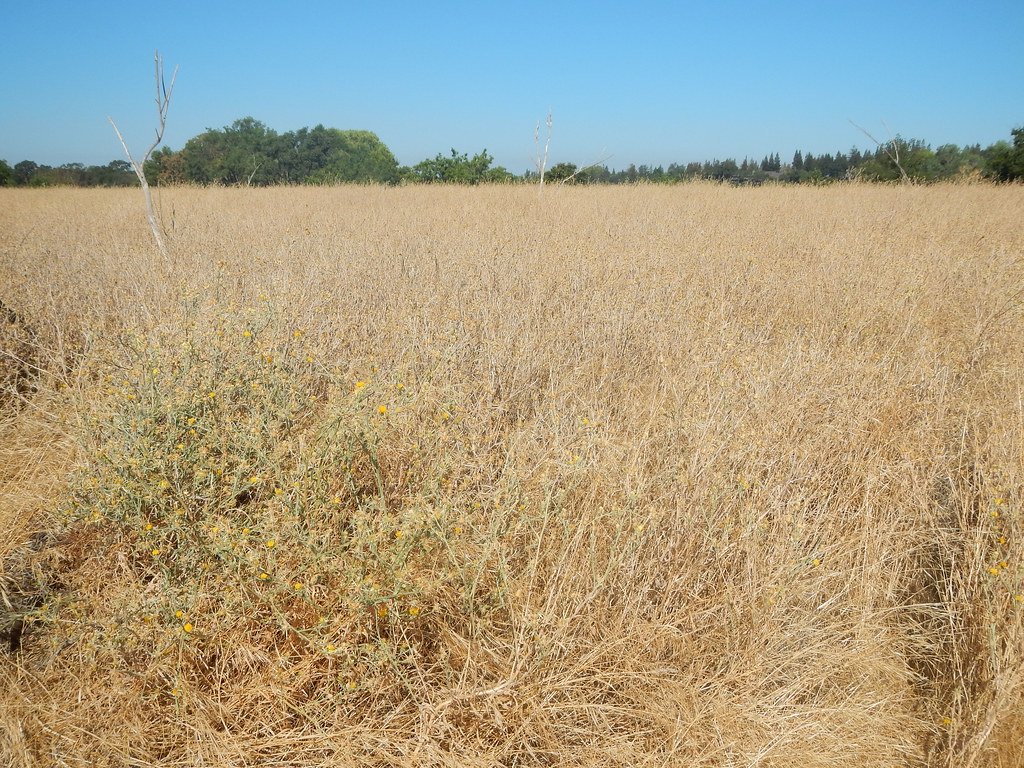Imagine a wall so beautiful it takes your breath away, yet so powerful it quietly saves thousands of lives every year. That’s what coral reefs are—a breathtaking natural fortress, dazzling with color and teeming with life, but also silently standing guard against the fury of nature’s worst storms. But what happens when these vibrant protectors start to disappear? The answer is more alarming than most people realize. In a world where the weather can turn from sunny to savage in a matter of hours, coral reefs are our unsung heroes, and losing them could leave us dangerously exposed.
The Natural Barrier: How Reefs Break the Waves
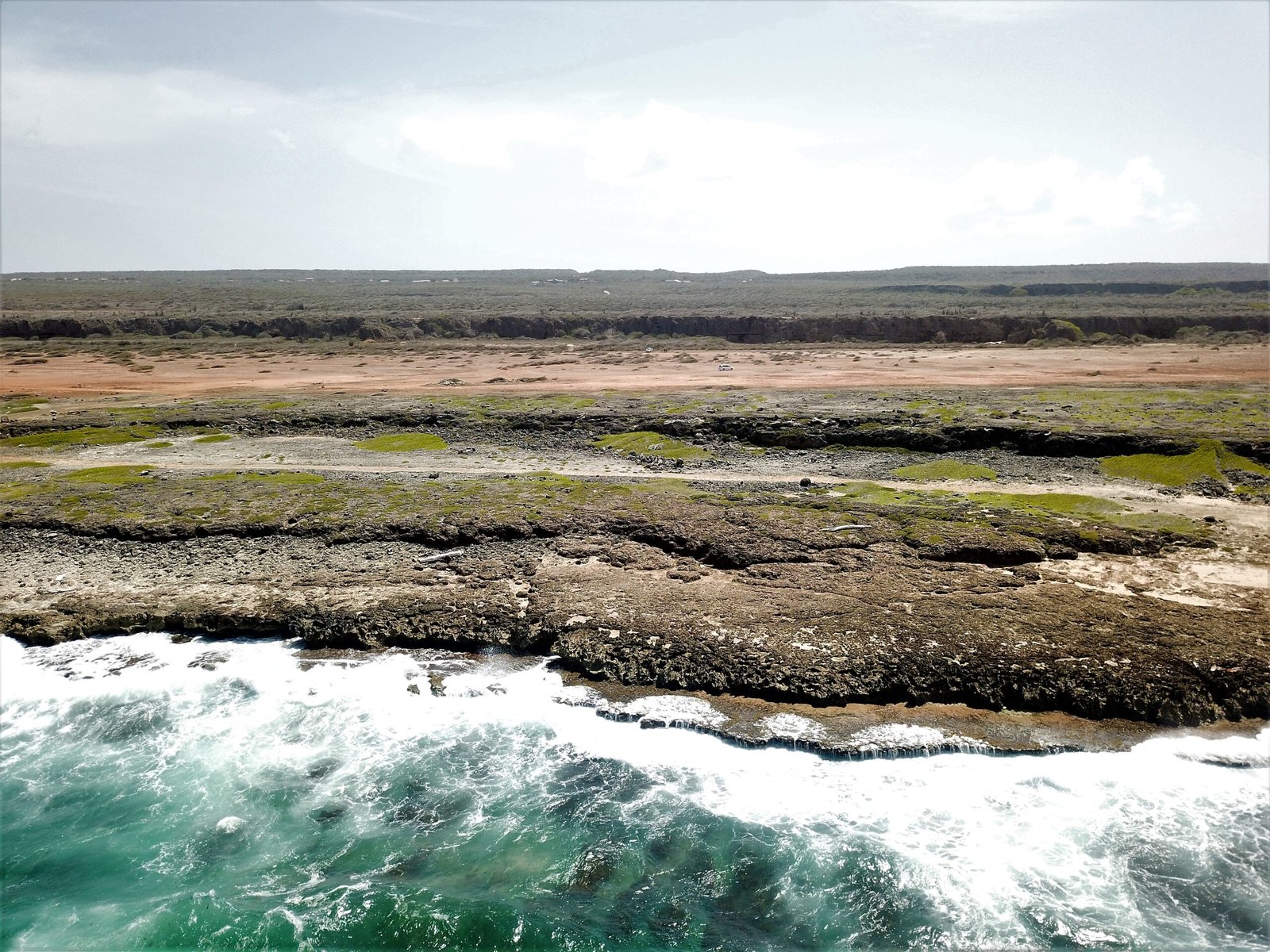
Coral reefs work like giant underwater breakwaters. When powerful storm waves charge toward the shore, the intricate, solid structure of a reef absorbs and disperses their energy. This means that by the time the waves reach the land, they’re far less destructive. Studies show that healthy coral reefs can reduce up to 97% of a wave’s energy—imagine a car slamming into a wall and coming to a gentle stop instead of crashing through your living room. That’s the everyday magic happening beneath the surface, often unseen and unappreciated.
Why Storms Are Getting Worse
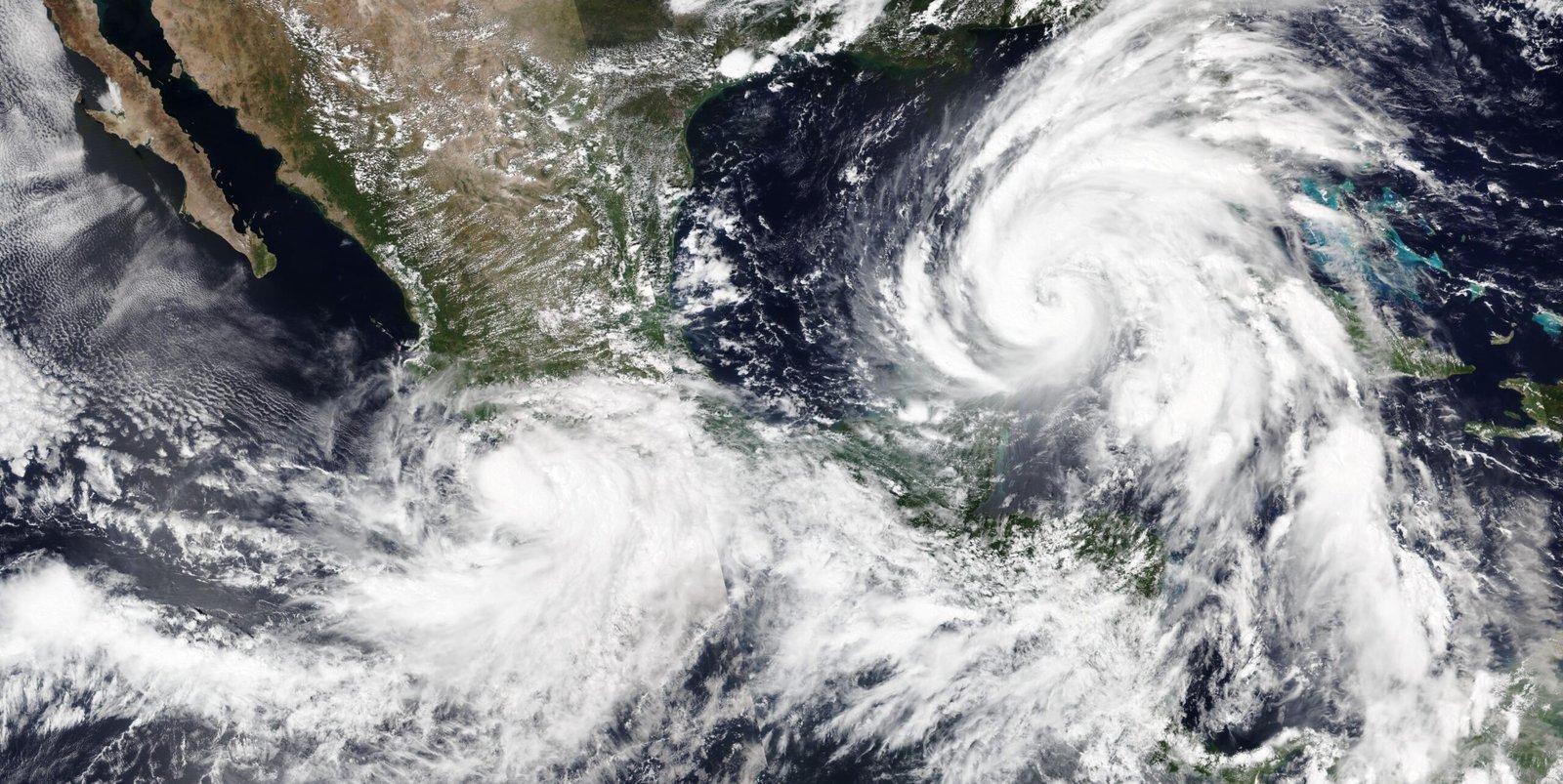
Climate change is turning up the heat, literally and figuratively. Warmer oceans fuel stronger hurricanes and typhoons, making storms more intense and frequent. This isn’t just a prediction—it’s something coastal communities are already experiencing. As storms grow fiercer, the need for natural defenses like coral reefs becomes even more urgent. Without reefs, every hurricane season becomes a roll of the dice for millions who live near the coast.
Reefs vs. Sea Walls: Nature’s Engineering Feat
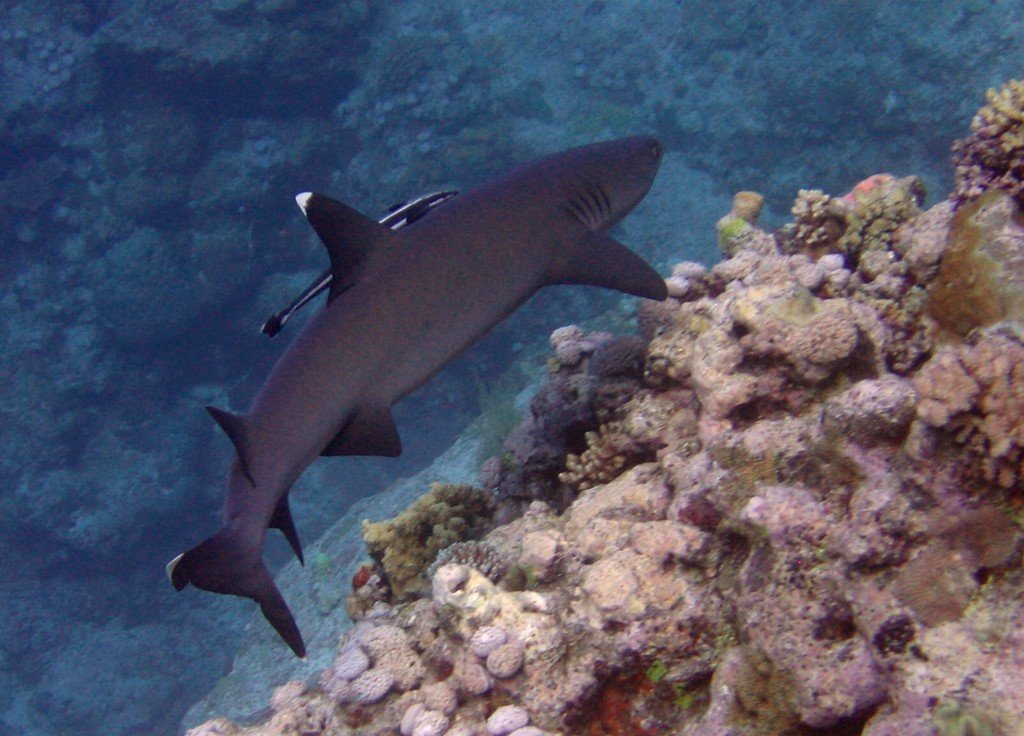
Man-made sea walls are expensive, often ugly, and can even accelerate erosion elsewhere. Coral reefs, on the other hand, are self-repairing, alive, and beautiful. They don’t just stop waves—they also create habitats and support entire ecosystems. Unlike concrete that cracks and erodes, reefs can grow back if given a chance. It’s like comparing a living, breathing shield to a cold slab of stone—one adapts and heals, the other just crumbles away.
The Hidden Cost of Losing Coral Reefs
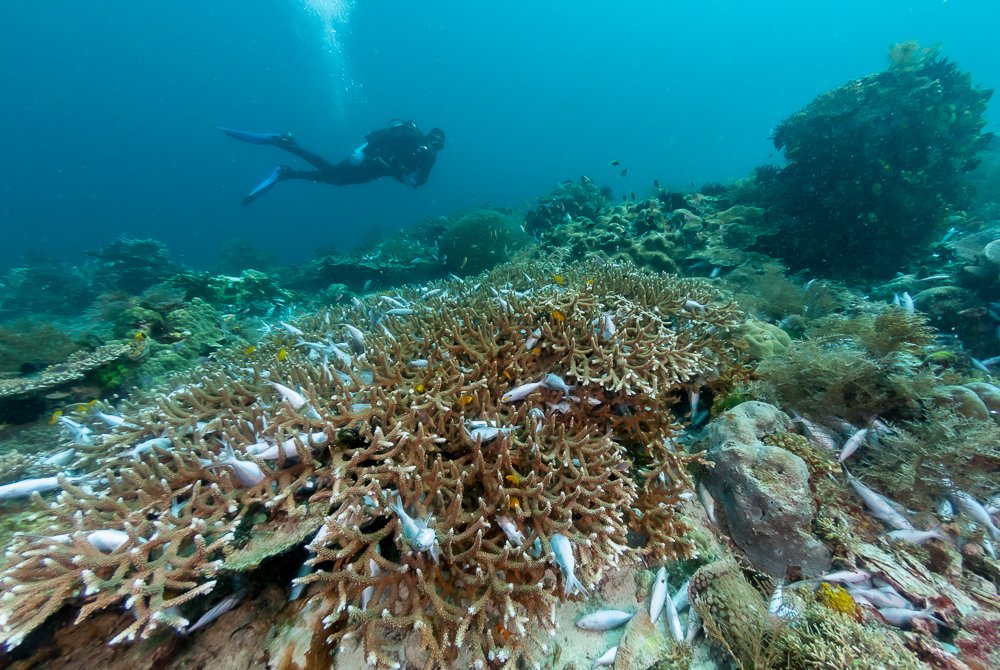
When reefs die, the impacts ripple out far beyond the ocean. Coastal flooding rises, insurance premiums skyrocket, and entire communities can be wiped out by a single storm surge. In places like the Caribbean and Southeast Asia, an entire way of life is at risk. The loss of reefs isn’t just an environmental tragedy—it’s a human disaster in slow motion.
Coral Reefs and the Economy
Reefs aren’t just pretty—they’re priceless. Every year, reefs save billions of dollars in damage by protecting shorelines and supporting tourism and fisheries. In the U.S. alone, Florida’s reefs help generate over $4 billion annually from tourism and recreation. When reefs vanish, jobs disappear, businesses close, and local economies collapse. The full economic value of reefs is hard to measure, but you feel it most when they’re gone.
Coral Bleaching: A Silent Killer
Most people have heard of coral bleaching, but few realize how devastating it is. When ocean temperatures rise, corals expel the tiny algae that give them color and energy. What’s left behind is a ghostly white skeleton—bleached, starving, and often doomed. Bleached reefs lose their strength and structure, making them far less effective at stopping waves. It’s as if your sturdy brick wall suddenly turned to chalk.
The Domino Effect on Marine Life
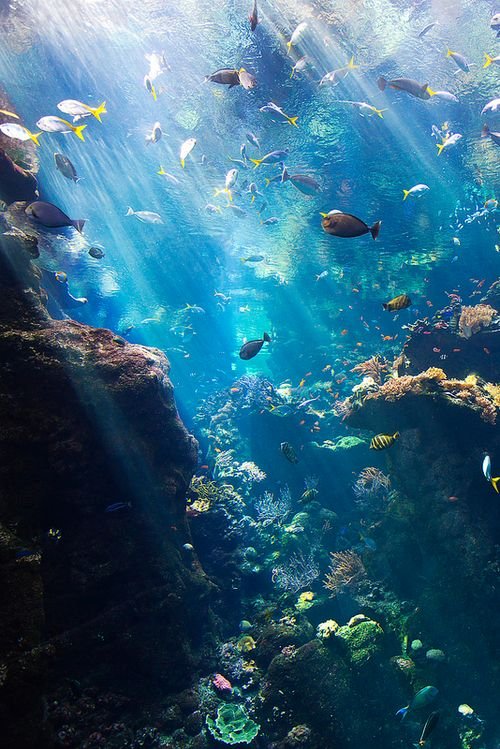
A coral reef is like a bustling city under the sea. When it collapses, everything from tiny shrimp to giant fish loses its home. As marine life disappears, so do the livelihoods of millions who depend on fishing. The loss isn’t just ecological—it’s deeply personal for families and communities who have lived off the sea for generations. Every bleached reef brings us one step closer to a future where empty waters and barren coasts are the new normal.
Rising Seas, Sinking Hopes
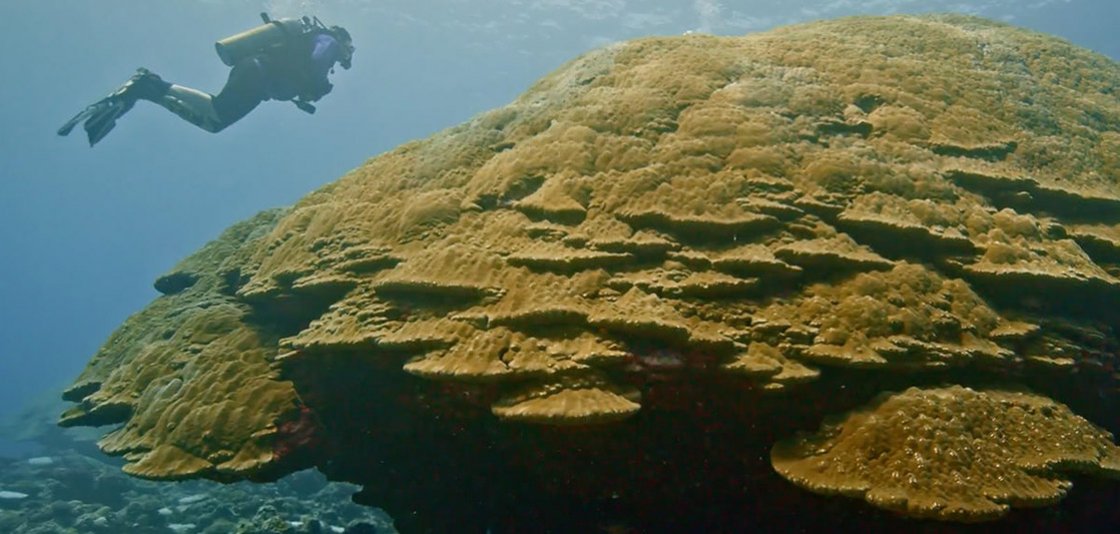
With sea levels rising faster than ever, coastal areas face a double threat: higher water and less protection. Reefs act as the first line of defense, but as they shrink, the ocean creeps closer to homes, schools, and businesses. For island nations, this isn’t just an inconvenience—it’s an existential threat. Some places may become uninhabitable within our lifetime, forcing people to flee their ancestral lands.
Storm Surges and Catastrophic Flooding

When a hurricane hits, it’s often not the wind but the storm surge that causes the most damage. Reefs can cut the height and power of these surges, buying precious time for evacuation and reducing the reach of floodwaters. Without reefs, storm surges can travel farther inland, turning minor storms into major disasters. The difference between a safe community and a flooded ruin often comes down to the health of the reef offshore.
Protecting Cities and Villages Alike
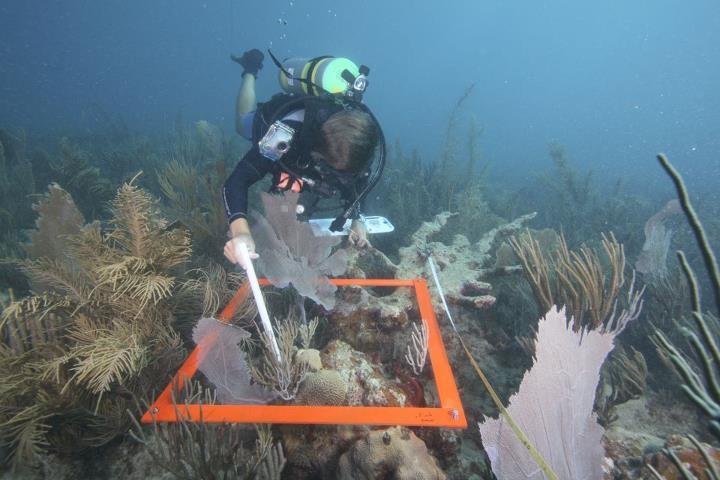
It’s easy to think coral reefs only matter for tropical islands, but they play a vital role in protecting cities too. Major urban centers like Miami, Manila, and Sydney owe much of their safety to nearby reefs. These natural barriers help safeguard everything from airports to hospitals, making them an invisible yet essential part of our infrastructure. Their absence would leave millions more vulnerable, no matter how wealthy or well-prepared a city might be.
Lessons from Recent Storms
Look at the aftermath of hurricanes like Irma or Maria, and you’ll see a pattern: areas with healthy reefs fared much better than those where reefs had already died or degraded. Satellite images show stark differences in damage, with some neighborhoods left untouched while others were swept away. These real-world examples are more than statistics—they’re proof that coral reefs aren’t just scenery, they’re lifesavers.
How Coral Reefs Form Natural “Speed Bumps”
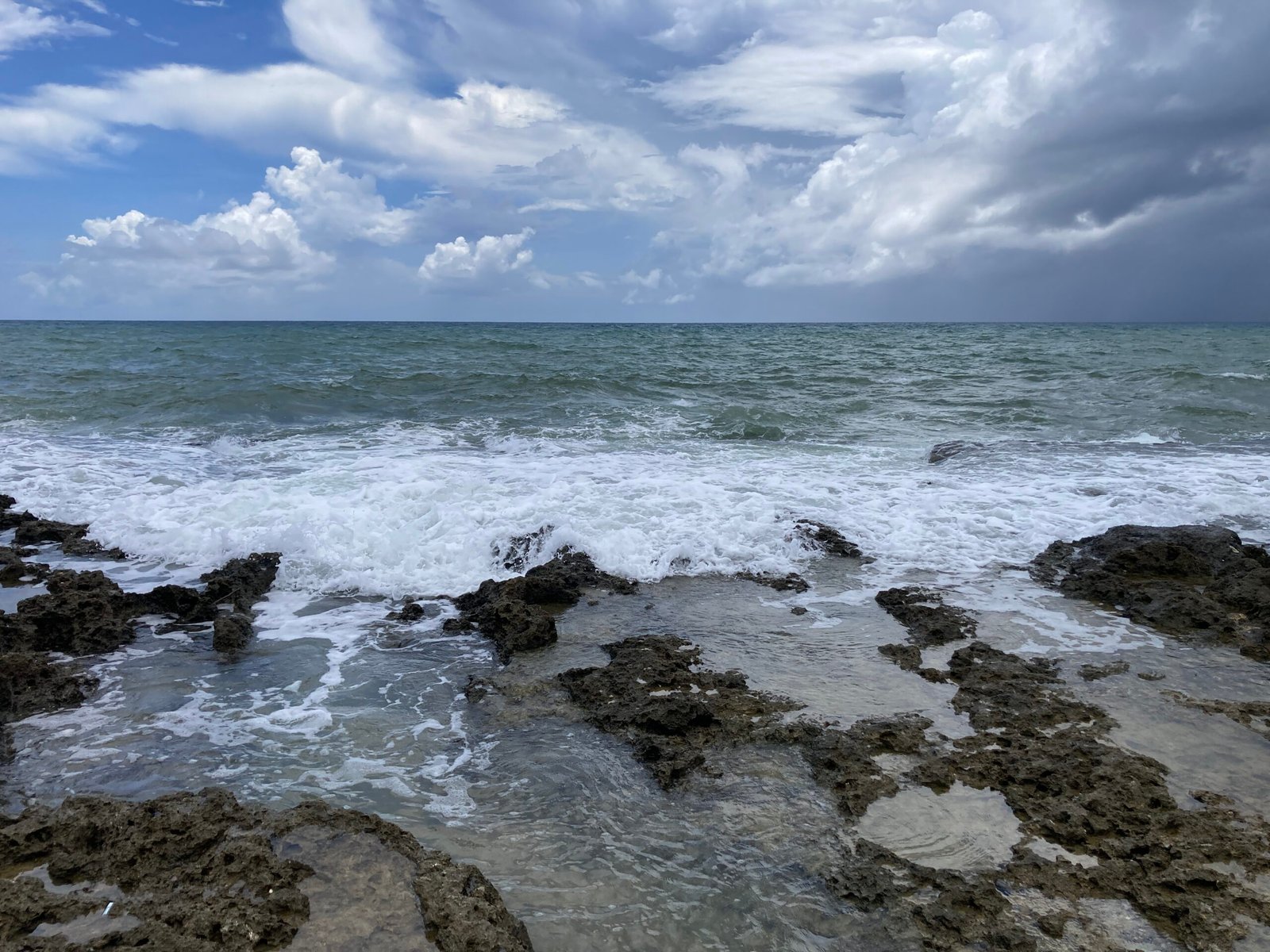
Think of a coral reef as a speed bump for the ocean. As waves rush toward the shore, the reef forces them to slow down and break apart. This not only reduces their energy but also helps prevent shoreline erosion. Over thousands of years, reefs have shaped coastlines, making beaches safer and more stable. Without their presence, even small storms can wash away entire stretches of sand and soil.
The Global Reach of Reef Protection
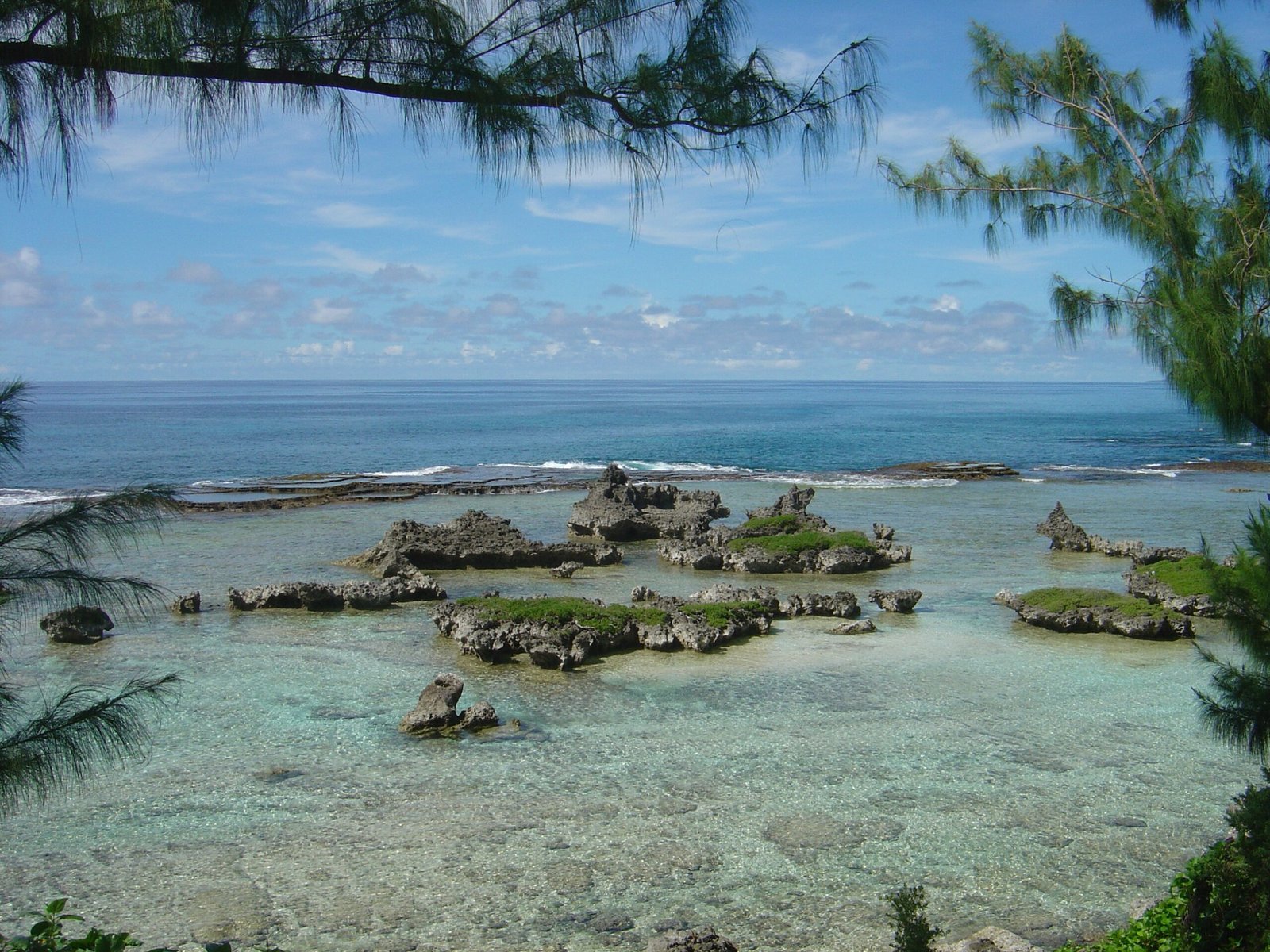
Coral reefs aren’t just found in one corner of the world—they stretch across more than 100 countries, from the Great Barrier Reef in Australia to the vibrant atolls of the Maldives. This means their protective role isn’t local, it’s global. Reefs shield tens of thousands of kilometers of coastline, helping billions of people whether they realize it or not. The loss of reefs is truly a worldwide crisis.
Hope in Restoration and Conservation
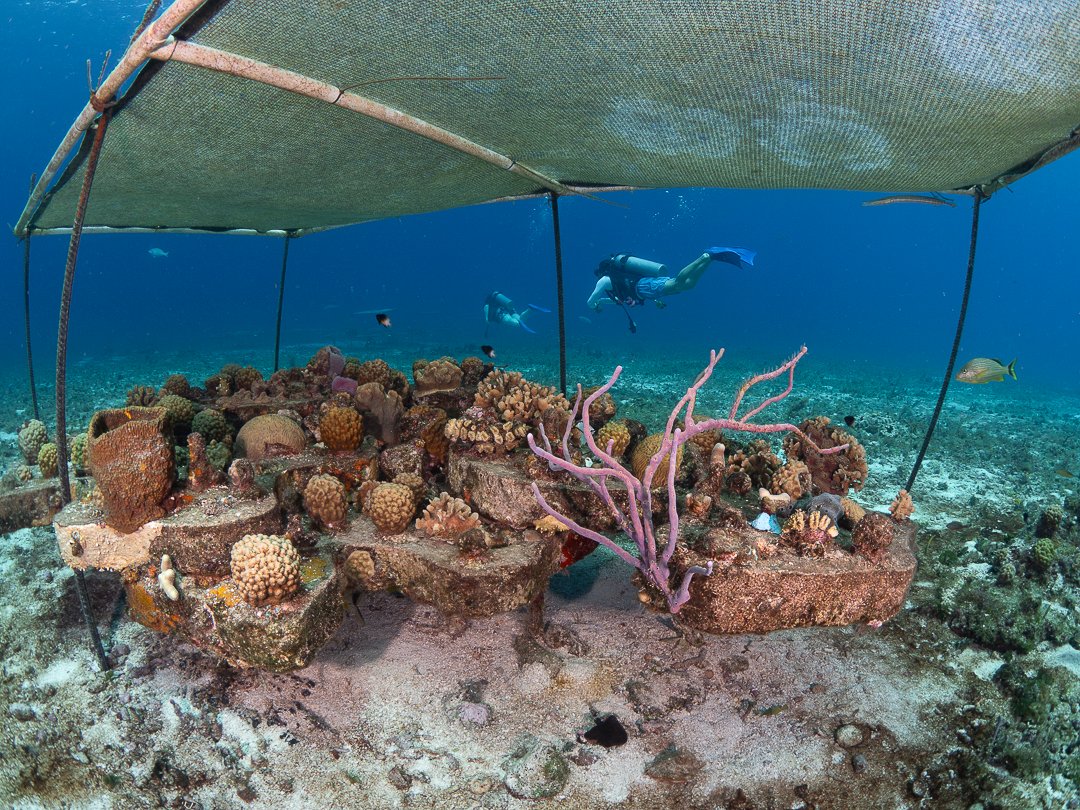
Despite the grim news, there’s hope. Around the world, scientists and local communities are fighting to restore damaged reefs. Projects use everything from coral gardening to cutting-edge genetics to help reefs bounce back. These efforts show that with enough determination, we can give reefs a fighting chance. For every reef that’s restored, a community breathes a little easier.
Coral Reefs and Climate Change: A Double-Edged Sword
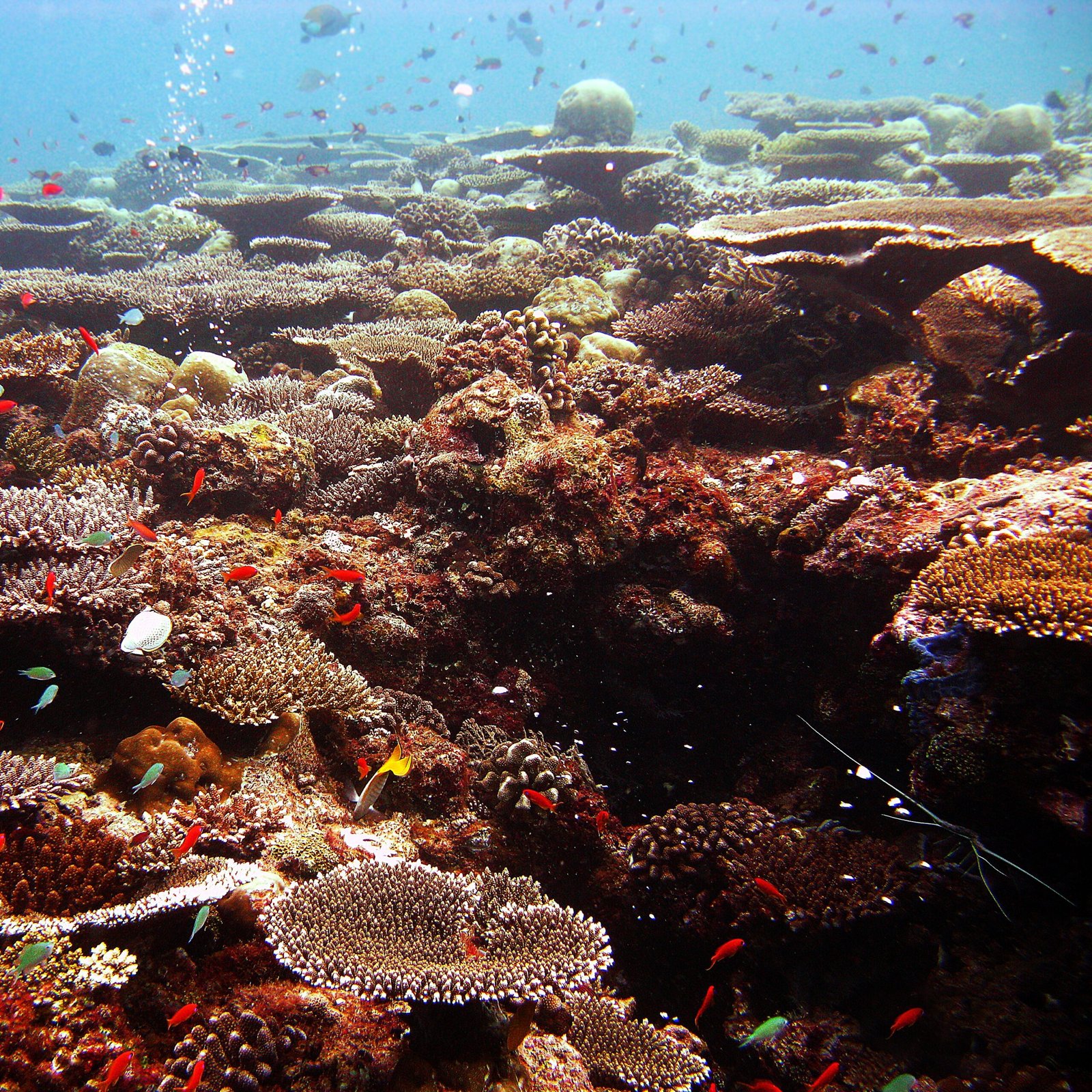
Reefs are on the frontlines of climate change—they’re both victims and, in some ways, warriors. Healthy reefs help buffer coastlines against the rising tide of extreme weather, but they also suffer from warming waters and acidification. Protecting reefs isn’t just about saving nature—it’s about securing our own future in a changing world. The fate of reefs and humanity are more tightly linked than most people imagine.
Innovative Solutions: From Artificial Reefs to Policy Change
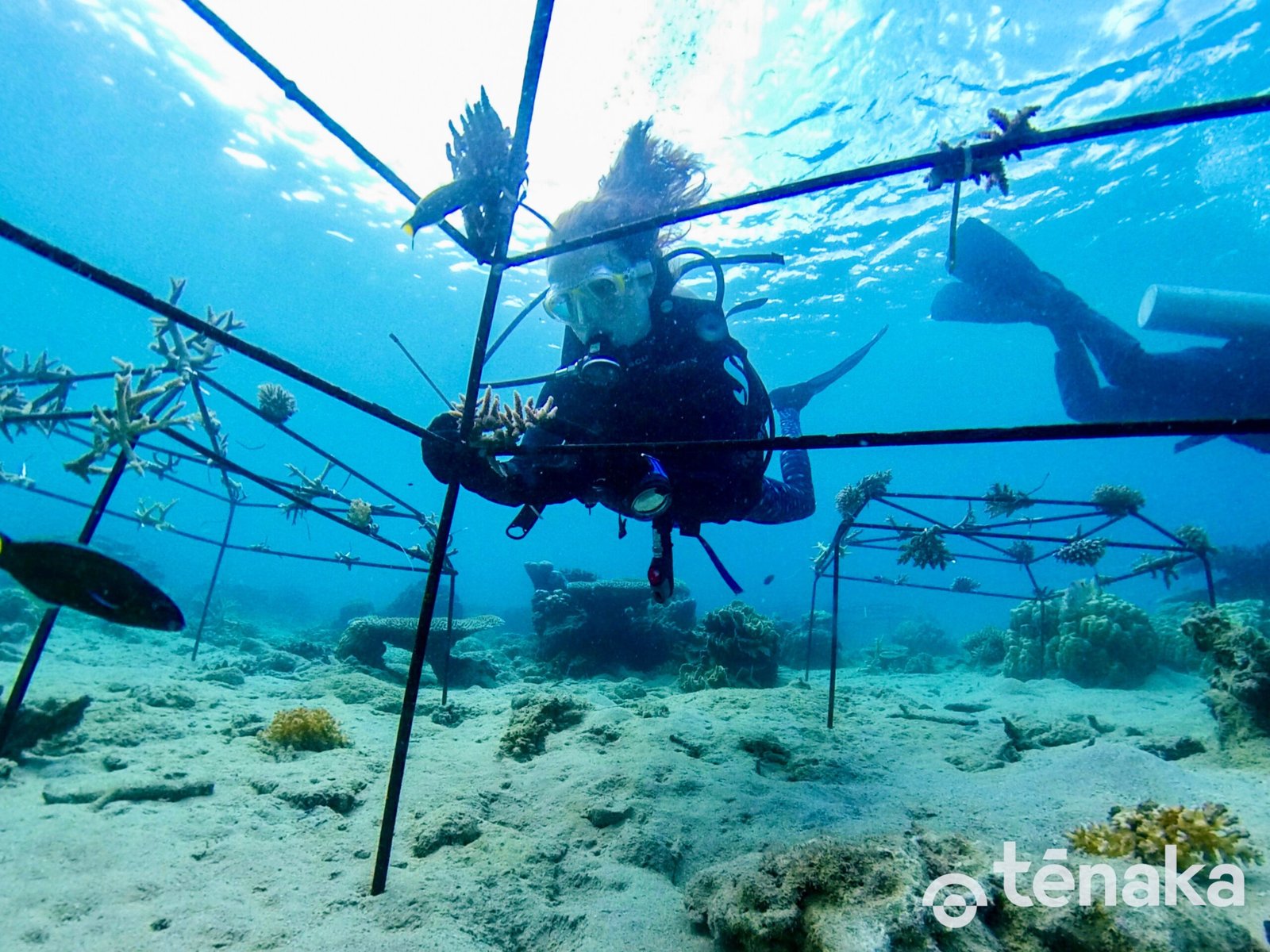
Some places are experimenting with artificial reefs, made from everything from sunken ships to purpose-built concrete structures. While these can help, nothing matches the complexity and resilience of a natural coral reef. At the same time, new policies—like marine protected areas and sustainable fishing rules—are making a difference. It’s a race against time, but every effort counts.
Education: The Key to Saving Reefs
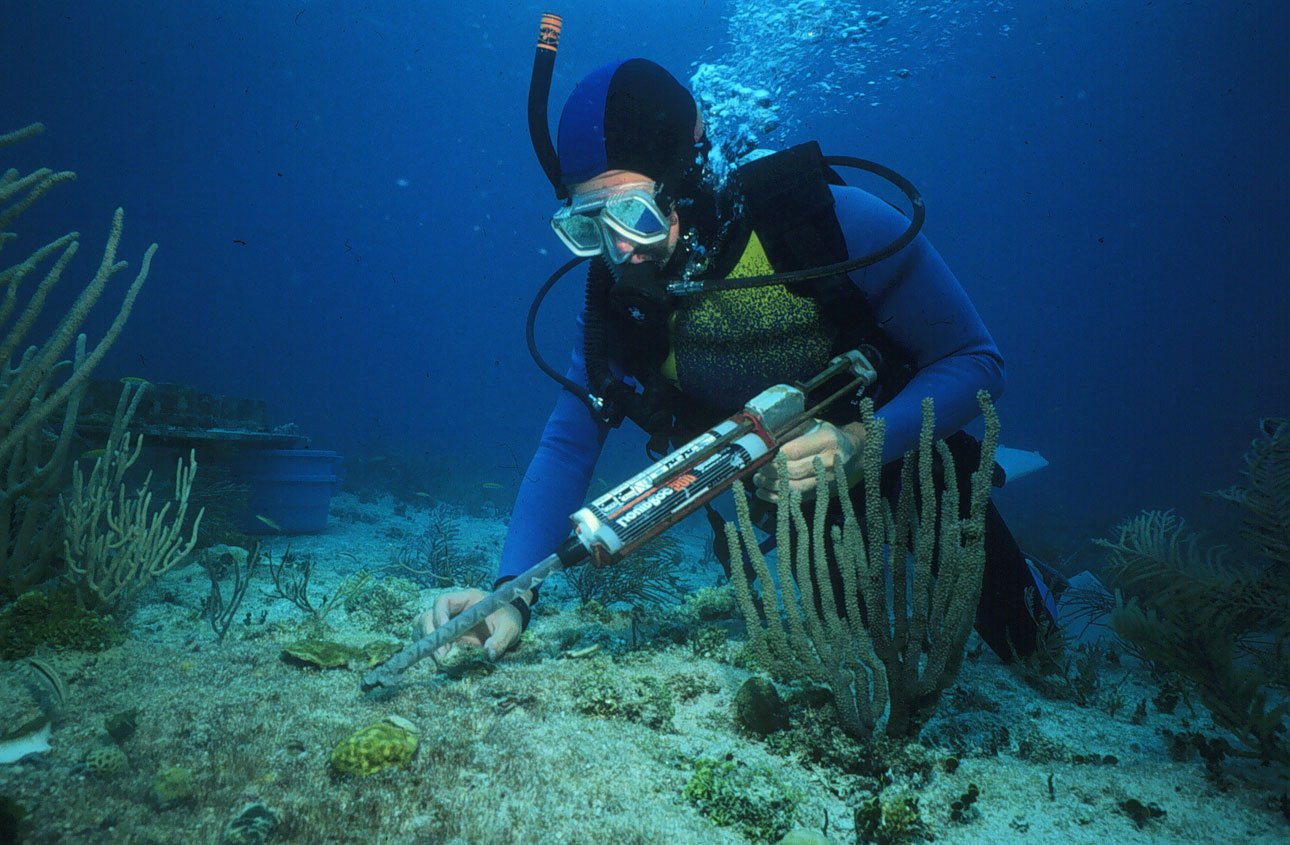
Many people still see coral reefs as distant, exotic wonders instead of vital defenders of their homes. Education is changing that. Schools, documentaries, and social media are helping to spread the word that reefs matter to everyone, not just divers and scientists. When people understand the stakes, they’re more likely to support the policies and actions needed to save reefs for the next generation.
Personal Actions That Make a Real Difference
You don’t have to live by the ocean to help coral reefs. Everyday choices—like reducing plastic use, supporting sustainable seafood, or even voting for leaders who care about the environment—really add up. Even small changes, like using reef-safe sunscreen, can make a difference. It’s a reminder that we’re all connected to the ocean, no matter where we live.
Voices from the Frontlines
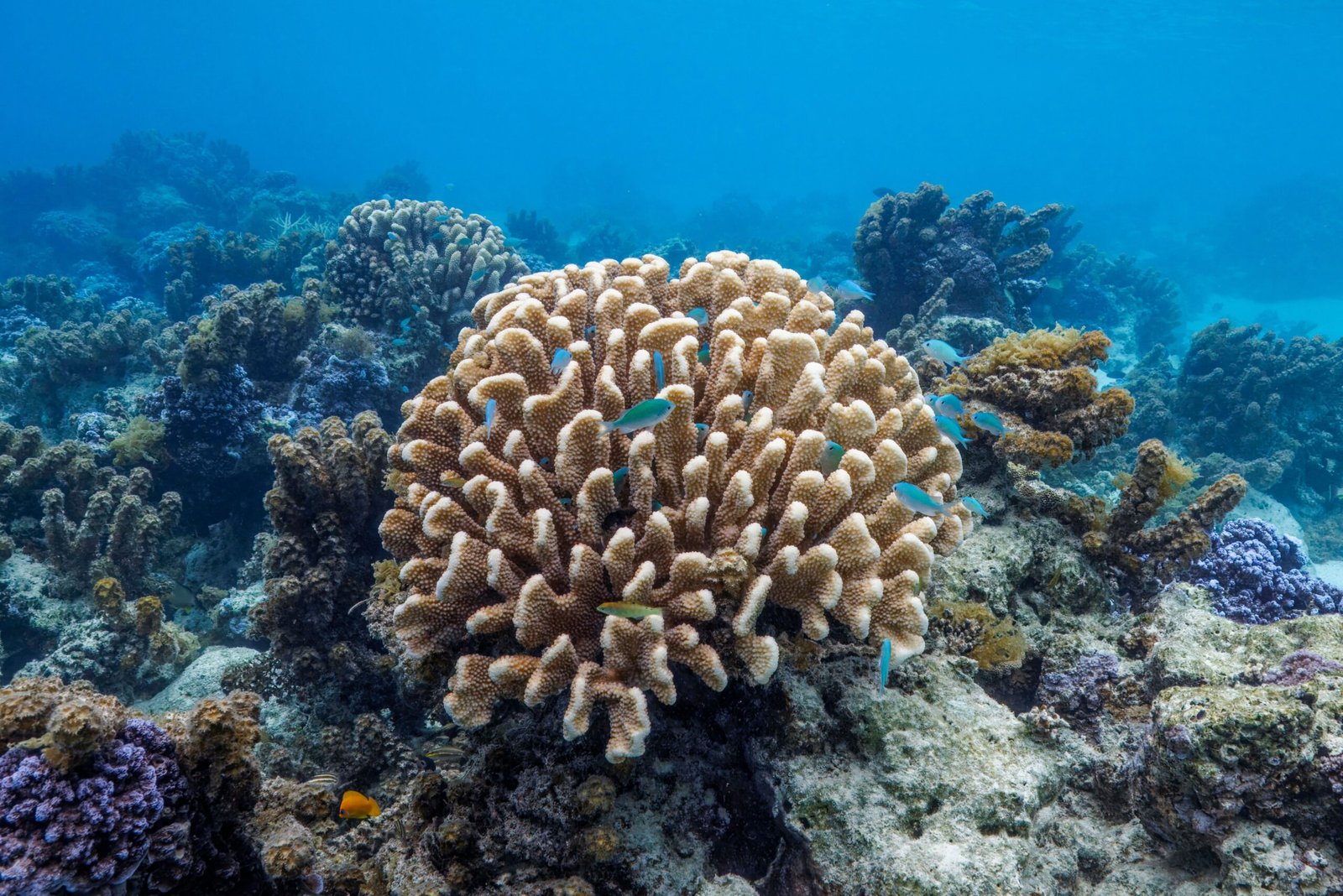
Fishermen, scientists, and children living by the sea all have stories about how reefs have protected their families. Some recall nights when a storm raged but the village stayed safe, thanks to the coral wall offshore. Others speak of the heartbreak of seeing reefs fade away, and the fear of what comes next. These voices remind us that the fight to save reefs isn’t abstract—it’s a battle for real homes, real lives, and real futures.
The Choice Ahead: Protect or Perish
The loss of coral reefs isn’t just an environmental issue—it’s a test of our willingness to protect ourselves and each other. As storms grow stronger and the world’s coasts become more vulnerable, the decision is clear: invest in nature, or pay the price. The reefs can recover if we act quickly, but time is running out. Will we choose to rebuild our living walls, or leave our shores unguarded?

